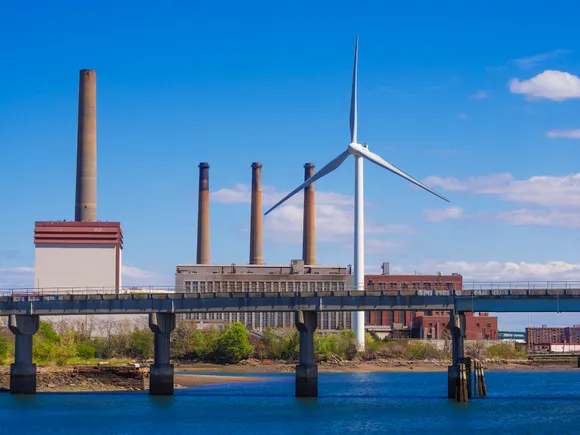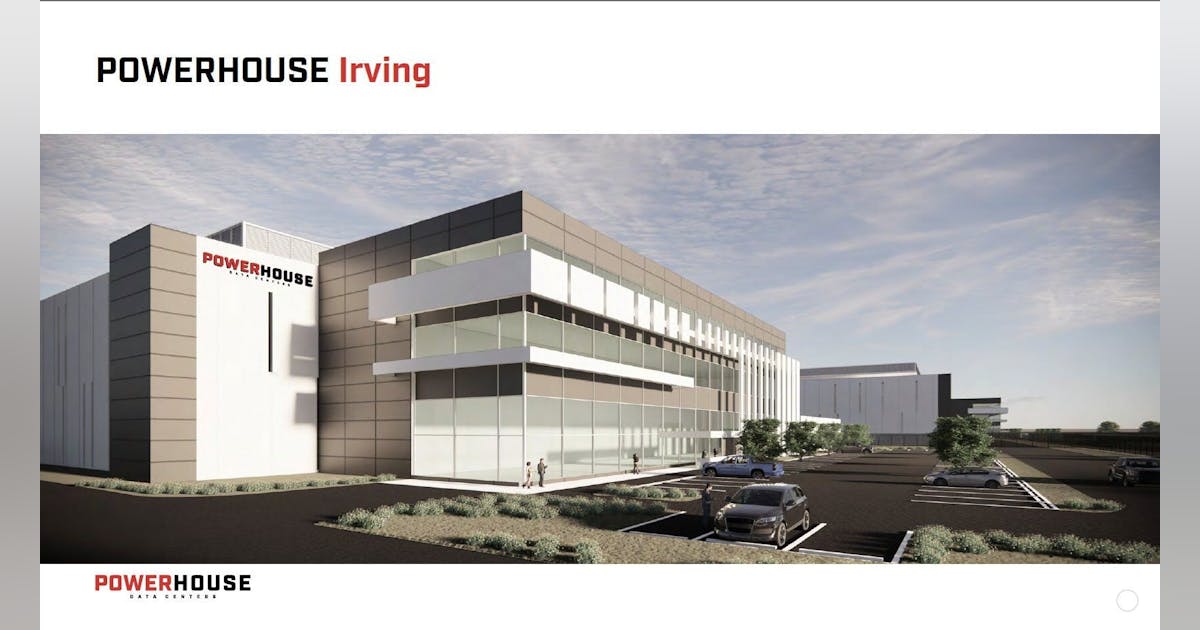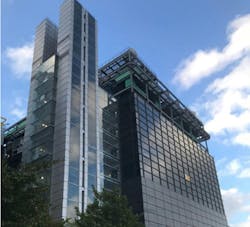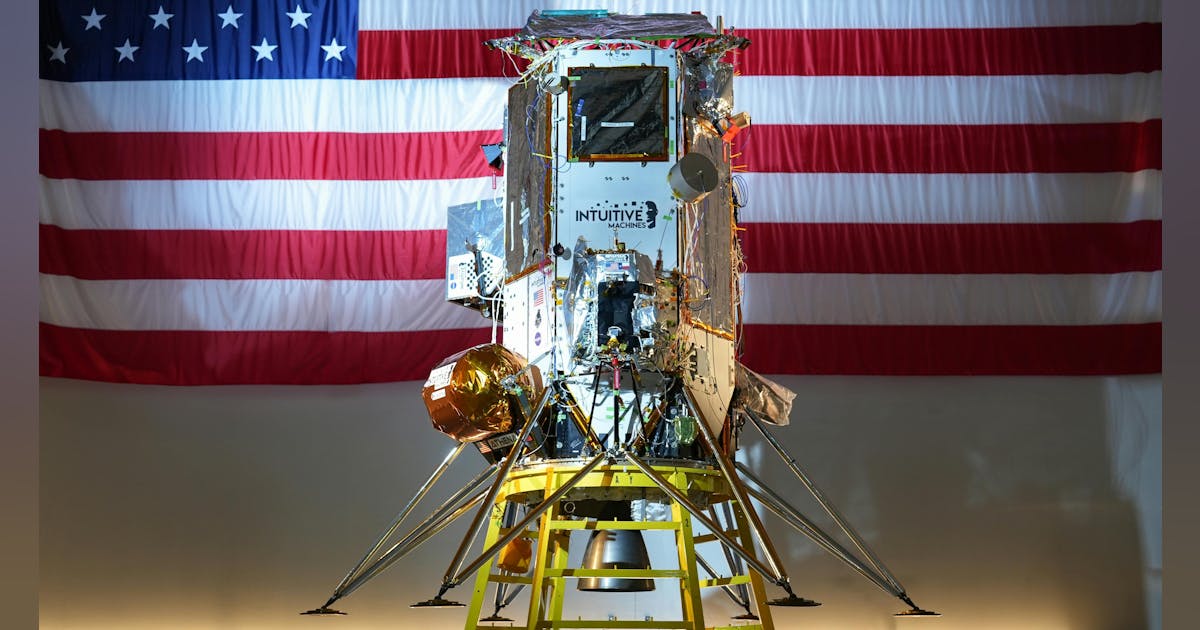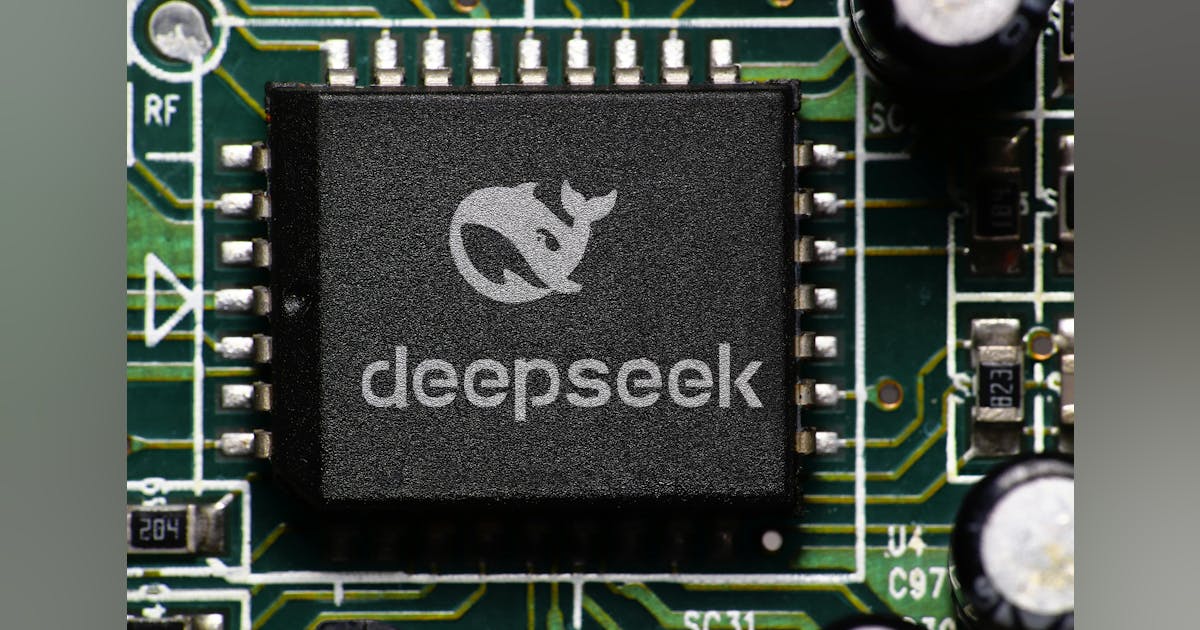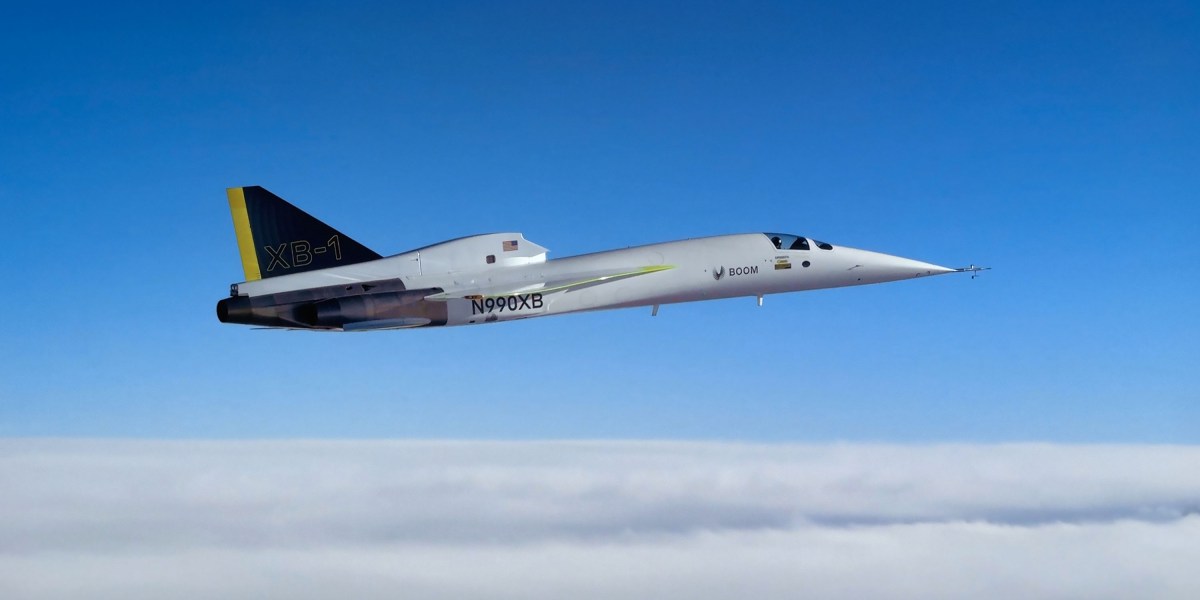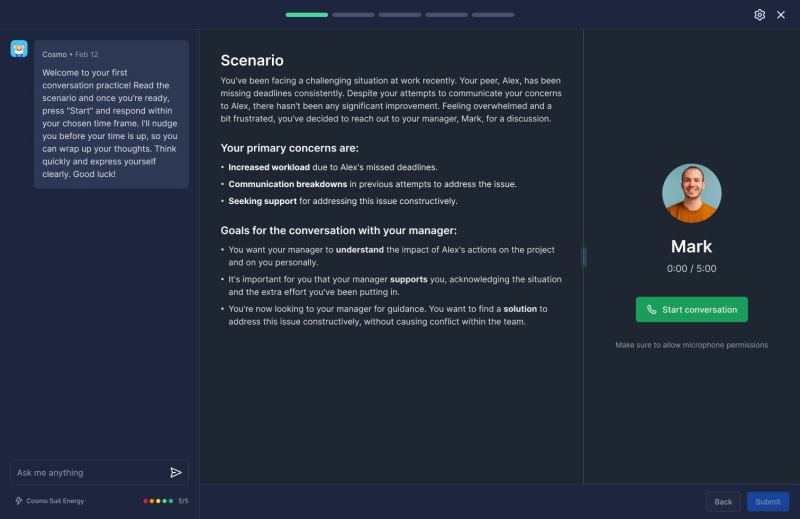Equinor’s dramatic renewable cuts and increased focus on oil and gas mirrors moves across the energy sector. The Norwegian major is prioritising shareholder returns over energy transition spending.
CEO Anders Opedal cited growing energy demand, market uncertainty and an “uneven pace” in the energy transition as drivers for the strategic shift.
“We are well positioned to create value in the context” of growing energy demand, Opedal said at the company’s capital markets day.
Opedal said the energy transition was “moving fast in some markets but slow in most. Even the massive renewable growth is currently energy addition, not energy transition.”
He attributed the challenges of the energy transition to inflation, interest rates, supply chain issues and regulatory uncertainty. “Segments like offshore wind and hydrogen are impacted. We adapt to these realities … by maximising returns.”
Equinor had planned to reach 12-16 GW of renewable energy capacity by 2030. It has now cut this to 10-12 GW.
“We are lowering our renewables ambition for 2030, we introduce a range for net carbon intensity and we retire our gross capex ambition. But the strategic direction is the same,” Opedal said.
While the company will continue investing in projects such as the US’ Empire Wind, hydrocarbons are clearly more profitable. CFO Torgrim Reitan said the “lifecycle return” on the project was “close to 10% nominal equity return”. He went on to describe it as a “challenging project” that was “not great but it is ok”.
For upstream projects, Equinor is targeting an internal rate of return of around 30% over the next 10 years.
Finding focus
Equinor aims to return $9 billion to shareholders this year. Of this, $4bn will come in dividends and $5bn in buybacks.
“The largest driver of this is an $8bn capex reduction” over the next three years. “We will reduce investments in renewables and low carbon solutions by 50% in this period from last year’s outlook,” Opedal said.
Helping shore up Equinor’s finances will be the project financing of the Empire Wind project, offshore the US, and the launch of an integrated joint venture with Shell in the UK North Sea.
The IJV model for the North Sea is about creating “a dedicated company that will be 100% focused on how we maximise the value of that asset in the UK”, Equinor VP for exploration and production international Philippe Mathieu said.
The aim is to “get the best out of the company, by putting those two portfolios together. That gives a cash flow for the company, which means that the company will be self-funded from day one, yet it is also able to grow and further develop and get the most value out of the portfolio.”
Mathieu was noncommittal about financing for the proposed IJV with Shell. He allowed that the new unit may think about funding independently.
Opedal welcomed the recent decision on Rosebank from the Edinburgh court, allowing work to continue. “We think we have a good project, it’s progressing well. We see a polarised debate around it, so it is a political risk.”
Building an independent
In terms of jobs, meanwhile, the IJV will be “able to create value for longer in the UK. We believe, in the end, it’s going to be creating jobs for longer, from that portfolio.”
Inevitably, Equinor faced questions around political risk – in the US, on Empire Wind, and in the UK on Rosebank.
Mathieu, commenting on the UK, said it was important to have “stability and visibility on the framework. When we’re looking at the investments we’re doing in the UK on the oil and gas, I’m convinced that there is a strong contribution in terms of growth for the UK and a strong contribution in terms of energy security for the UK.”
He noted that Norwegian oil production is increasingly sold into Europe, following Russia’s invasion of Ukraine. “The market has changed … it reinforces the importance of regional production for energy security in Europe, including the UK.”
Equinor sees scope for increasing energy security, by producing more hydrocarbons, in the North Sea. He mentioned improved operational performance on Mariner and Buzzard as playing a role.
”We will be doing it on all of the assets in the joint venture,” he said. But the future of the IJV is increasingly around independence, Mathieu said in response to a question around future knowledge exchange with Equinor’s assets.
“We really want to develop an independent company. So there will be a transition period where the parents will be supporting,” he said. “But at some point, we need to pull back and the company needs to develop itself as an independent, completely independent company. That’s the ambition.”
Broader build
Mathieu’s international unit produced 681,000 barrels of oil equivalent per day in 2024. By 2030, Equinor aims to increase this to more than 950,000 boepd.
“We have a clear commitment to be competitive … we now expect to grow our oil and gas business by more than 10% by 2027,” Opedal said. By 2030, the company aims to have 2.2 million bpd of production, “up from 2mn bpd in last year’s outlook. We continue to cut CO2, to cut cost and to increase value creation.”
The company has divested mature assets, in Azerbaijan and Nigeria, while picking up more productive assets in the onshore US.
The emphasis is on growing cashflow, Mathieu emphasised. Brazil plays a key role in this. The Bacalhau FPSO is on its way to Brazil now, with the expectation that it will start producing later this year.
Mathieu also mentioned the Sparta project, in the Gulf of Mexico, as playing a significant role in driving company output. These next generation of projects are “much more efficient in terms of cost but also in terms of CO2 intensity”, he said.
There is the potential for inorganic growth, but the “main focus is to make sure we can high grade the portfolio. That means better metrics for the portfolio, better free cash flow, lower cost. That’s the main driver.”
Recommended for you

North Star completes Dogger Bank deal with fourth vessel







